Specialist drone unit picks off invading forces as they sleep
An elite Ukrainian drone unit has destroyed dozens of “priority targets” by attacking invading Russian forces as they sleep.
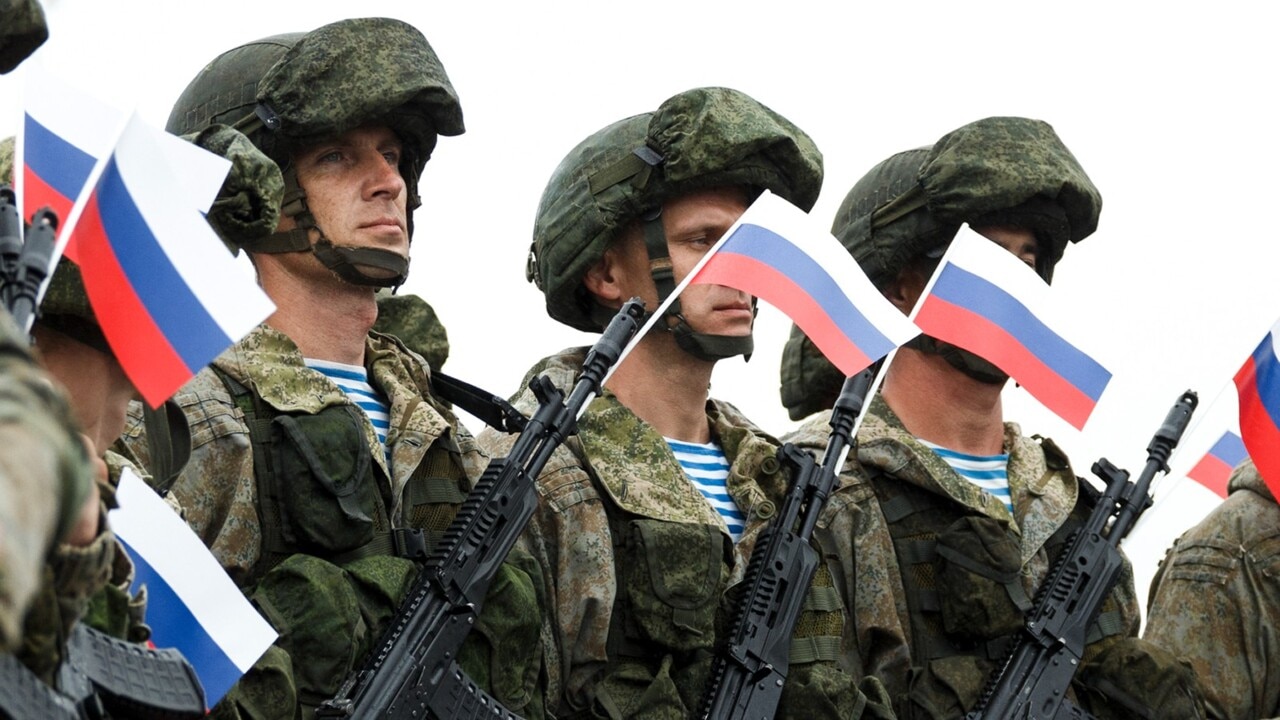
An elite Ukrainian drone unit has destroyed dozens of “priority targets” by attacking Russian forces as they sleep.
Aerorozvidka, an air reconnaissance unit within the army, has been picking off tanks, command trucks and vehicles carrying electronic equipment since the invasion began.
“We strike at night, when Russians sleep,” said Yaroslav Honchar, the unit’s commander, from his base of operations in Kyiv.
Russian forces are static when night falls, he explained, with their fear of Ukrainian shelling forcing them to hide their tanks in villages between houses, knowing that conventional artillery cannot risk hitting civilians.
But immobile convoys are the prime targets of Aerorozvidka, which has 50 squads of expert drone pilots.
Using heavy-duty octocopter drones – modified to drop anti-tank grenades and to see with thermal cameras – the darkness is their greatest advantage.
“In the night it’s impossible to see our drones,” said an Aerorozvidka soldier, who asked not to be named for security reasons.
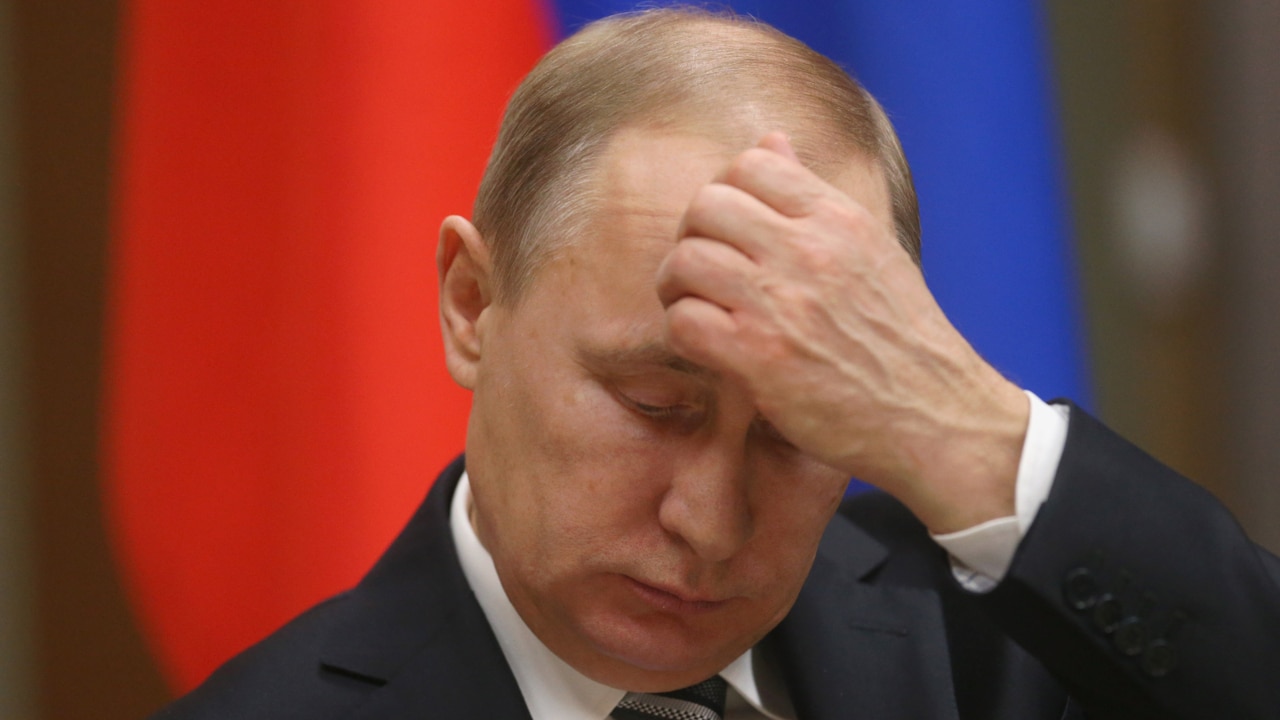
“We look specifically for the most valuable truck in the convoy and then we hit it precisely and we can do it really well with very low collateral damage – even in the villages it’s possible. You can get much closer at night.”
Their fleet ranges from cheap commercial drones to their most important asset: heavy, custom-built octocopters maintained by in-house engineers.
The R18 model is the jewel of their arsenal, boasting a 4km range, 40-minute flight time and capacity to drop 5kg bombs that obliterate Russian armour. Considered the Ukrainians’ best device for night operations, the R18 can carry out precise reconnaissance, direct artillery fire and drop explosives on tanks and electronic warfare trucks. Another drone used by the unit is the PD-1, a reconnaissance device capable of hovering in the air for eight hours.
The teams carry out about 300 missions every day to help to collect information by Aerorozvidka’s advanced NATO-supported intelligence system, Delta, which identifies targets for their limited supply of bombs. Co-ordinates are given to the kill squads who take to the skies at night.
As well as using public communications channels used by hundreds of civilian drone flyers who have been mobilised, Aerorozvidka relies on a secure Starlink satellite system donated to them by Elon Musk. The unit was created by model plane enthusiasts in 2014, but since the success of its operations against Russian forces in Crimea, it has been integrated into the Ukrainian general staff.
Many devices return to base battle scarred from Russian rifles and the unit is in urgent need of parts, especially night vision and thermal cameras. Supporters from across Europe have sent drone parts and other equipment, including 3D printers that can be used to build explosive devices and repair damaged devices.
The Times

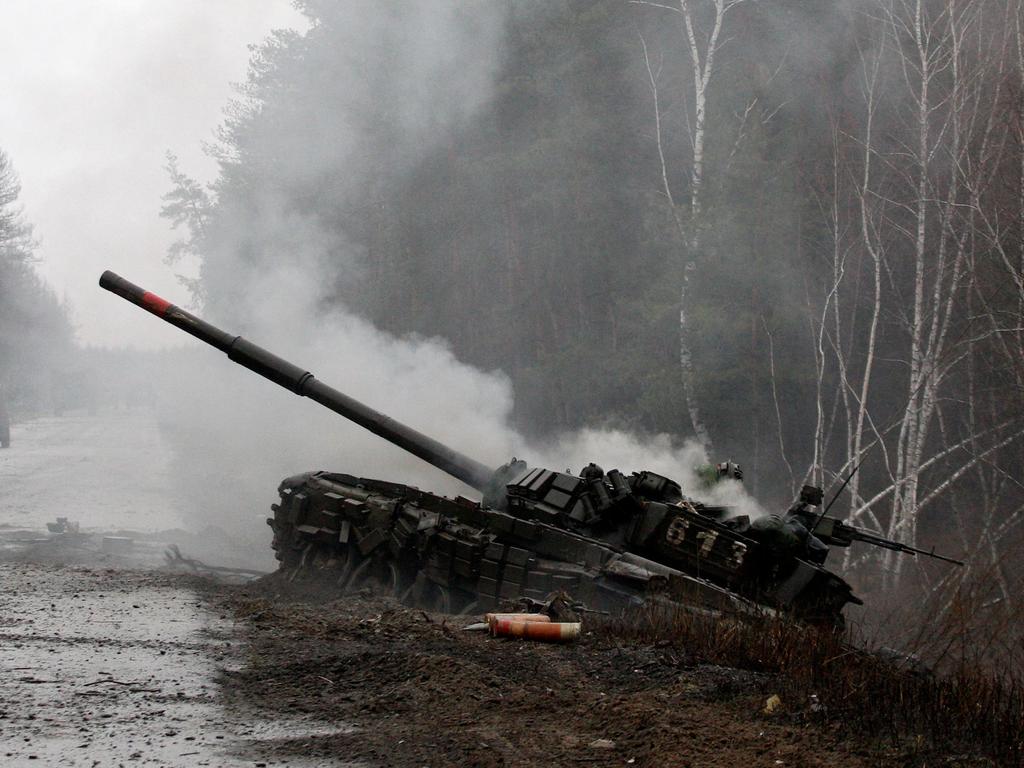
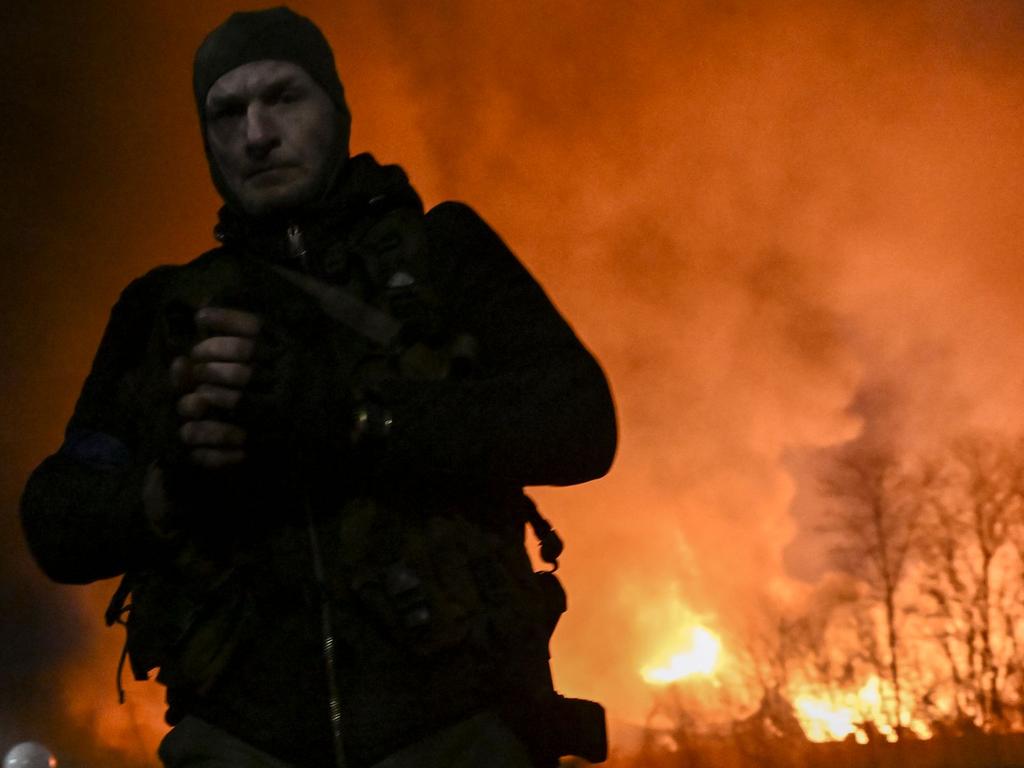
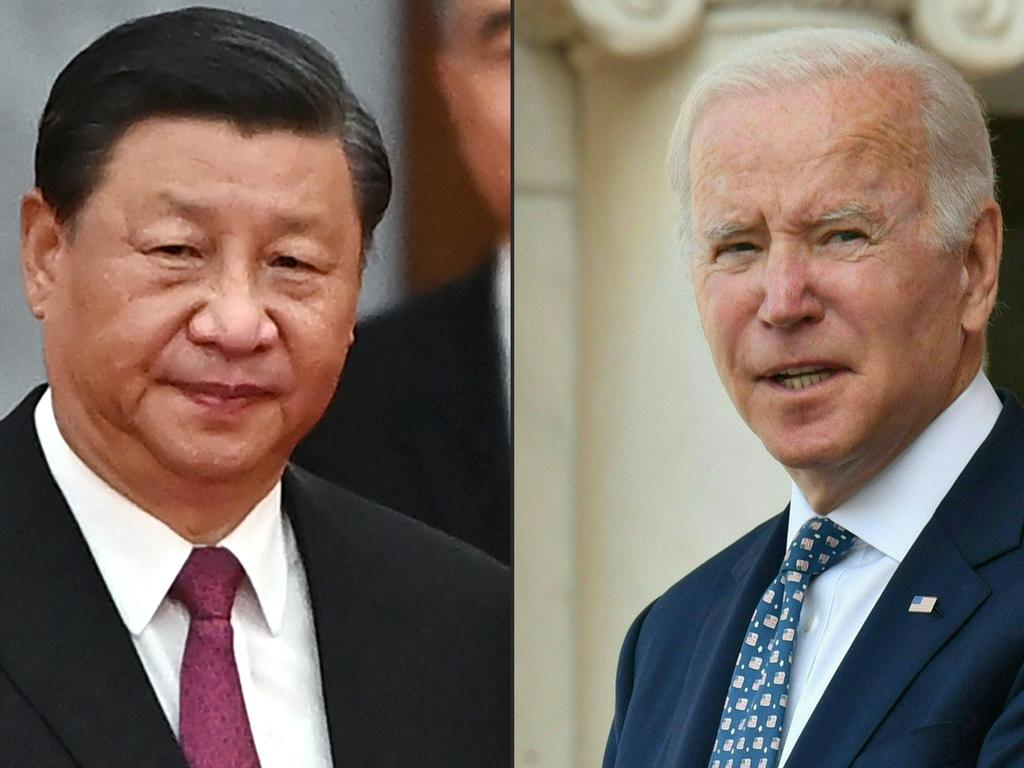
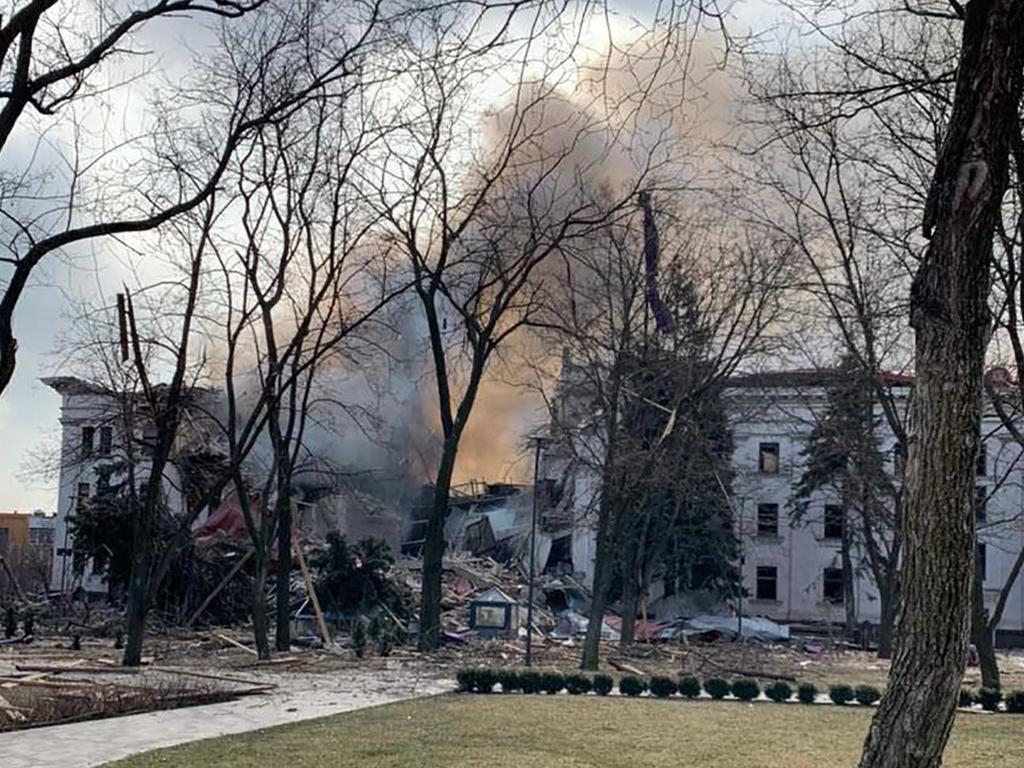
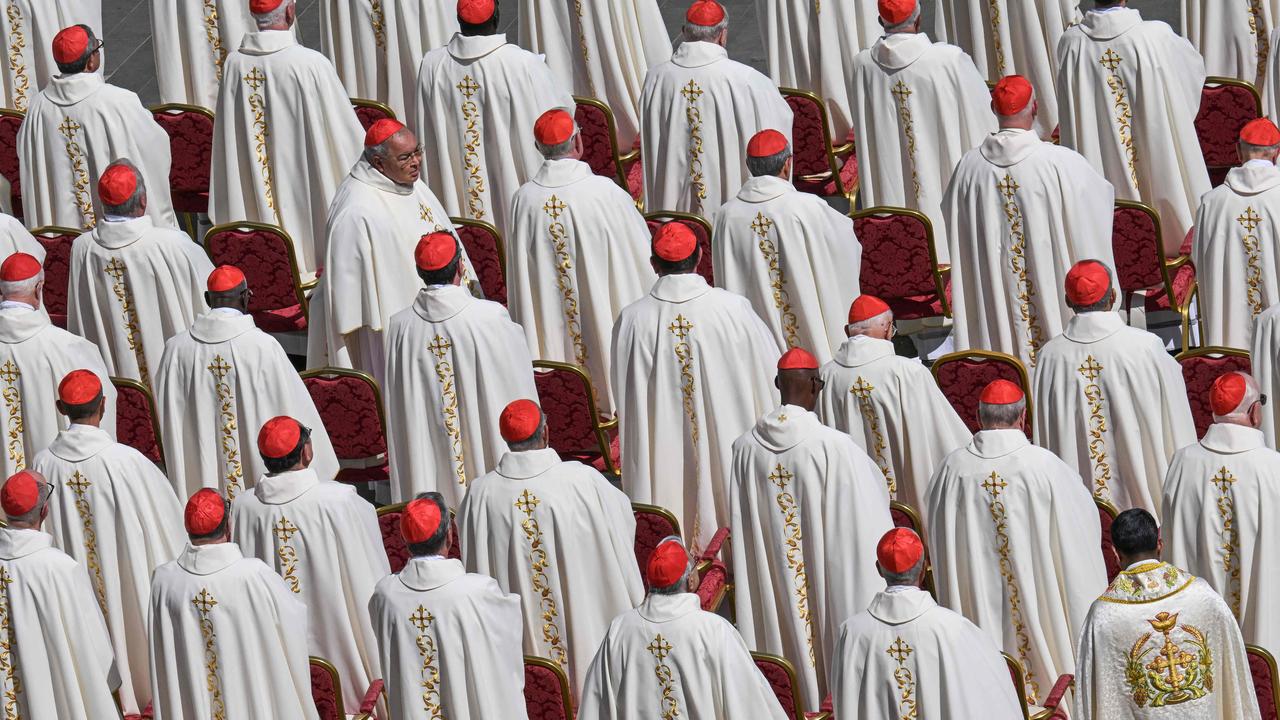

To join the conversation, please log in. Don't have an account? Register
Join the conversation, you are commenting as Logout